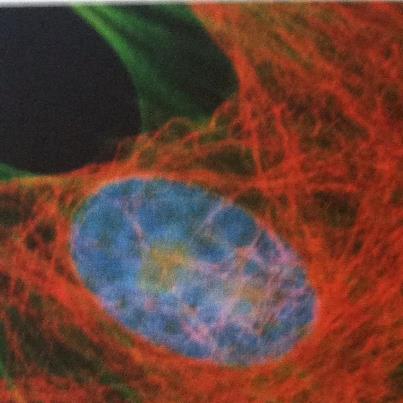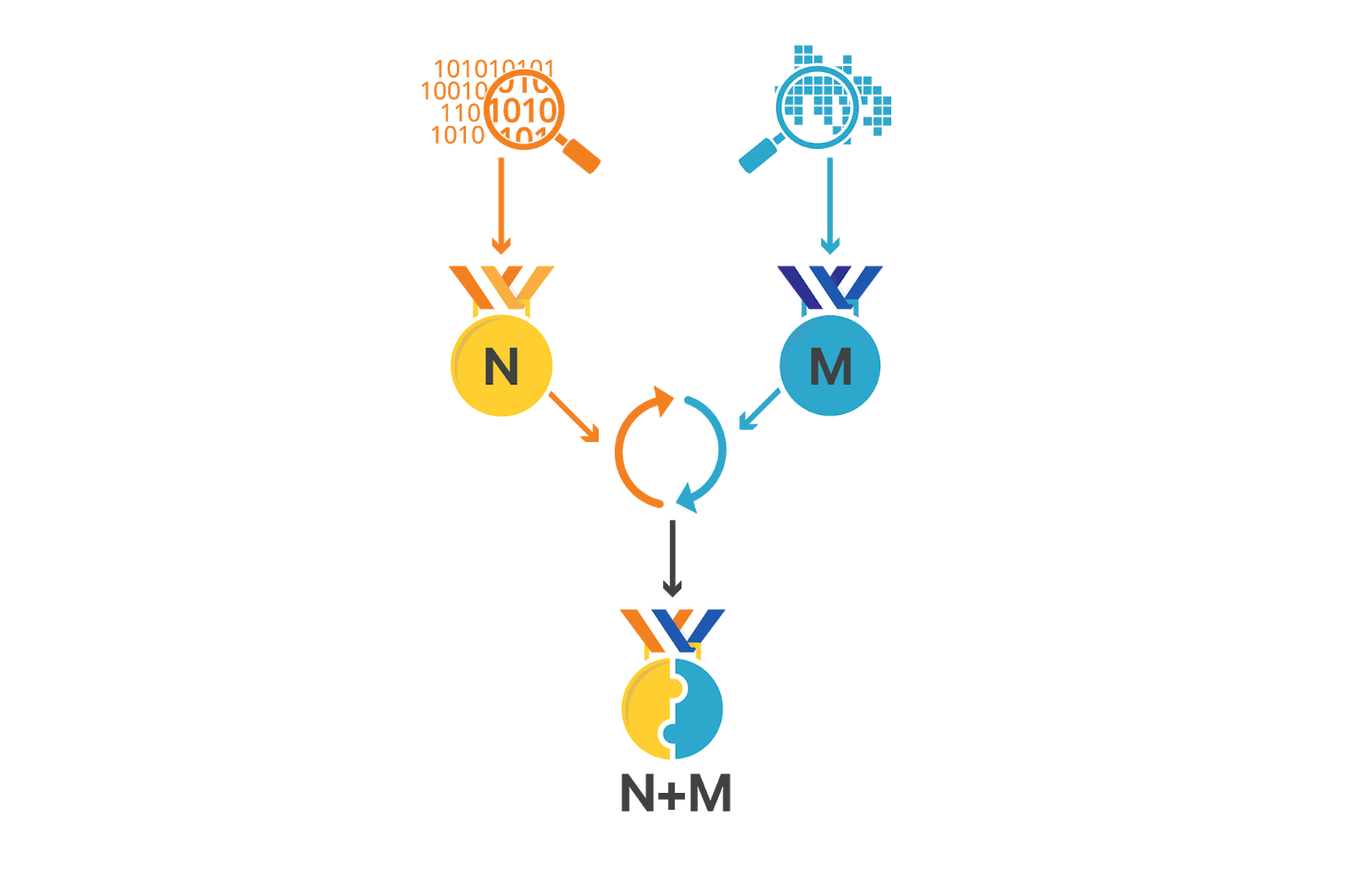

This transformative idea arose from studying the interaction of refrigeration and a heat engine and the transfer of the heat, Q, between the two. Rudolf Clausius ( 1867) coined the term entropy from the Greek word Entropein for transformation and change (Greven et al. What is entropy? An historical perspective

With this goal in mind, we present a historical review of the concept of entropy in the context of thermodynamics, provide an easily understood definition of entropy including examples that can be used in a classroom setting, and discuss how entropy actually relates to and supports the theory of evolution. The conflation of its inaccurate interpretations with common misconceptions about evolution has resulted in a host of unfounded arguments that purport to challenge evidence for evolution and teaching evolution in classrooms.Ĭurrent misuse of entropy and thermodynamics in arguments against evolution present teachable moments to clarify the concept of entropy and related misconceptions about evolution that are often used hand-in-hand with misinterpretations of entropy. Rather, entropy is a measure of disorder. Yet, much like the commonplace misinterpretation of Darwin's theory of natural selection as 'survival of the fittest', entropy is not 'a progression from order to disorder or chaos'. A common misinterpretation of the concept of entropy, that all systems progress towards more disorder, has been leveraged by those challenging evolutionary science and the teaching of evolution in schools by asserting that thermodynamics falsifies evolution (for example, Morris 2000, Ross 2004, Yahya 2005 ()). As with the concept of entropy, the theory of evolution by natural selection was originally proposed and has been refined primarily during the preceding two centuries (Figure 1). Although not immediately obvious, the inaccurate characterization of entropy weighs heavily in current events involving education, especially in national and international debates involving the teaching of evolution. It is perhaps apropos that the concept of entropy has continuously picked up misunderstandings and misinterpretations that have left the concept bloodied, beaten, and unrecognizable. Clarification of the interactions between entropy, the second law of thermodynamics, and evolution has the potential for immediate benefit to both students and teachers. Finally, we discuss the association of these traditionally physics-related concepts to evolution.
/GettyImages-697595142-5babd90746e0fb0025f7cf17.jpg)
We provide teachable examples of (correctly defined) entropy that are appropriate for high school or introductory college level courses in biology and evolution. Herein, we review the history of the concept of entropy from its conception by Clausius in 1867 to its more recent application to macroevolutionary theory. Entropy is a metric, a measure of the number of different ways that a set of objects can be arranged. Entropy is not disorder or chaos or complexity or progress towards those states. Misinterpretations of entropy and conflation with additional misunderstandings of the second law of thermodynamics are ubiquitous among scientists and non-scientists alike and have been used by creationists as the basis of unfounded arguments against evolutionary theory.


 0 kommentar(er)
0 kommentar(er)
